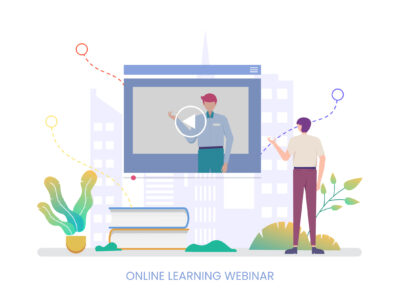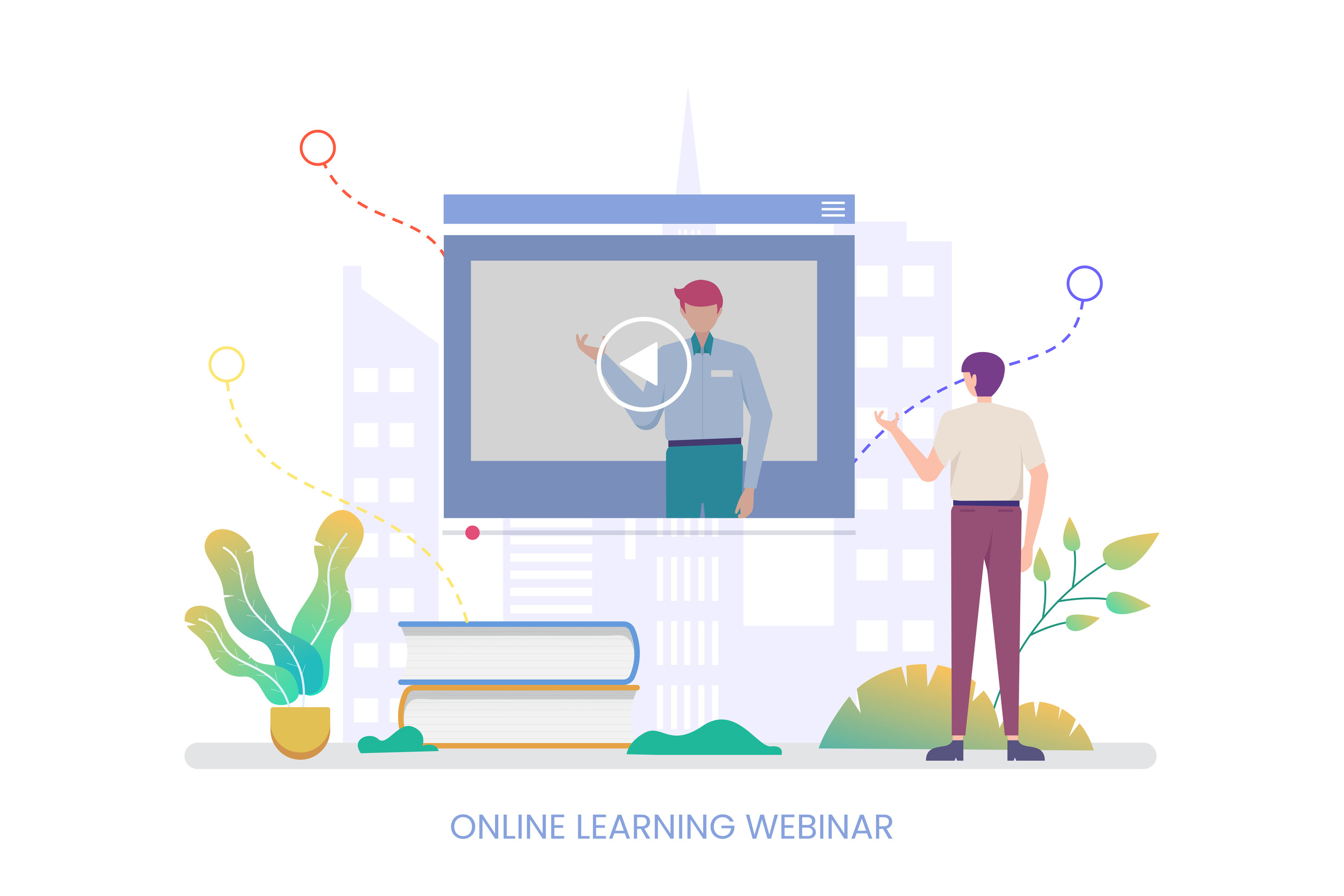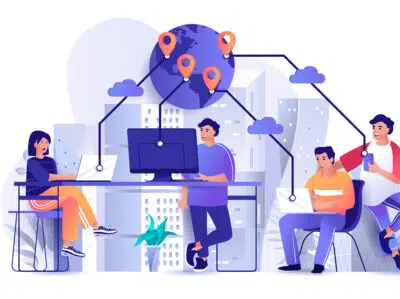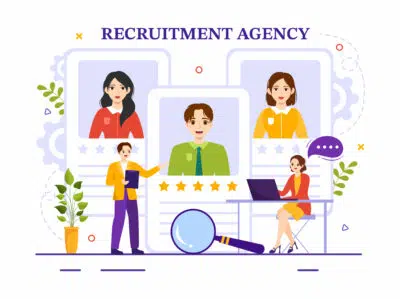Four approaches to flexible employee development

5 Hiring strategies to attract cybersecurity talent
June 26, 2023
The benefits of temporary employment for candidates and employers
June 26, 2023
Globally, the last three years have seen a complete disruption of the work environment. In a post-pandemic world, the working model is increasingly remote and phygital. From a human resource perspective, talent acquisition and talent management continue to face several challenges. While companies have become agile and flexible in terms of offering, they also need to prioritise employee development. Companies are vying for top talent amidst the surmounting talent shortage and employee satisfaction is a key parameter for increased employee retention. With the increased expectations of organisations for employees to fulfil multiple roles, the career path has become non-linear, and consequently, talent management needs to be equally flexible.
The push towards diversity and inclusion requires employers to ensure equal opportunities. With a workforce that has varied interests and skills, and businesses needing to fix the widening talent gap, a one-size-fits-all approach to employee development no longer meets modern workplace requirements.
Bend, Twist and Reach - Flexible approaches to employee development
Employee development includes learning opportunities for both soft and technical skills, mentoring and coaching. These programs help employers tap the full potential of employees, and help businesses establish a positive company culture, while increasing productivity and efficiency. Employee development also has a direct impact on attrition and retention, as satisfied employees are less likely to throw in the towel. Today’s remote and hybrid workforce needs flexible approaches to keep a diverse workforce engaged.
Offer breadth and depth of experience: Identify employee interests and offer them responsibilities that go beyond the job description and requirements. Based on employee aspirations, organisations can give opportunities to the employee to work in departments other than the primary department that they are assigned to, or to participate in job and project rotations. This offers a two-fold advantage: companies get to upskill employees and have a better understanding of employee potential. Employees attain better satisfaction as they are fulfilling their aspirations, while having a steady job in hand. Other benefits include better cross-functional teamwork, filling talent gaps, improved resource utilisation, and operational continuity during crises.
Create a strong Employee Value Proposition (EVP)s: Talent acquisition and management are now a different ballgame. Companies need to understand what they bring to the table from the employee’s perspective, and review this periodically. Conducting employee surveys help to understand the gaps and what existing employees are looking for. When EVPs are unique and tailored to individual needs, employees tend to be happier and this leads to lower attrition.For instance, entry-level employees may be attracted by education loans and career development opportunities, while experienced employees may prioritise flexibility, leadership development, parental leave benefits and so on.
Based on employee expectations, companies need to define and create individualised career paths based on employee level and specific job roles. While unique EVPs help, they also need to align to business values and needs. According to an Indeed survey, 21% of people accepted job offers from organisations whose missions aligned with their personal values. A well-formed EVP helps to attract and acquire the best candidates in the marketplace, and keeps them motivated once they join the organisation.
Provide continuous learning opportunities: During the pandemic, companies prioritised digitisation operations and bent over backwards to meet customer needs. Cut to 2023 - businesses have realised that corporate learning fell way behind in the process. Companies can create better employee engagement for both new hires and experienced employees by providing relevant learning and development programs. However, with the new business dynamic and workplace transformation, employees have little time or patience to get through extensive hours of training in the classroom and traditional methods. Organisations need to invest in learning platforms to provide e-learning opportunities to employees with the required customisations. This lets employees pursue courses remotely, at their own pace, while staying committed to learning. Companies can get the required data to check if employees have finished courses, and even tie-in salary hikes and incentives to training completion.

Create an internal talent pipeline: Companies can build on internal talent to fill jobs and roles. By doing so, existing employees have better motivation and also get to grow professionally. Once job roles are identified and prioritised, companies can curate skill and role-based learning programs, which would be the key to supporting employees who choose the growth path. These programs need to be marketed to the employees as part of internal career fairs, newsletters, blog posts on the company intranet and so on. Mentoring employees and grooming them for the next role provides employees direction and supports them when they need it the most.
Employee development in the corporate world is a continuous process. Bite-sized changes and a flexible approach will help companies identify the initiatives that work the best.
By fostering an environment that encourages employees to learn, it helps them thrive, and discover their highest potential, businesses will be well on their way to achieve organisational success.


